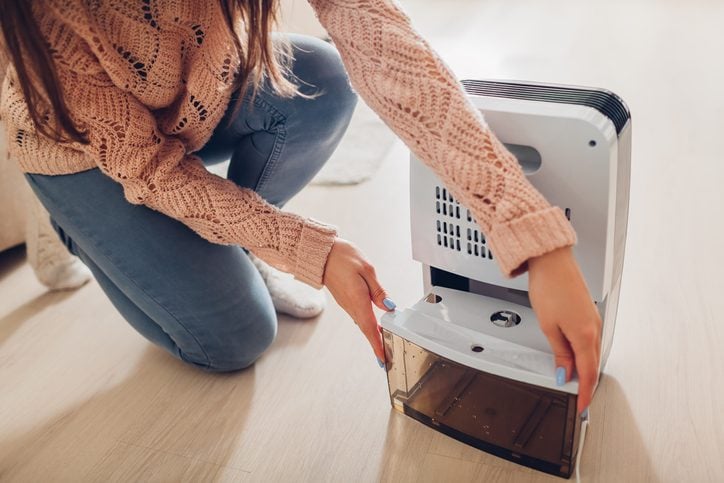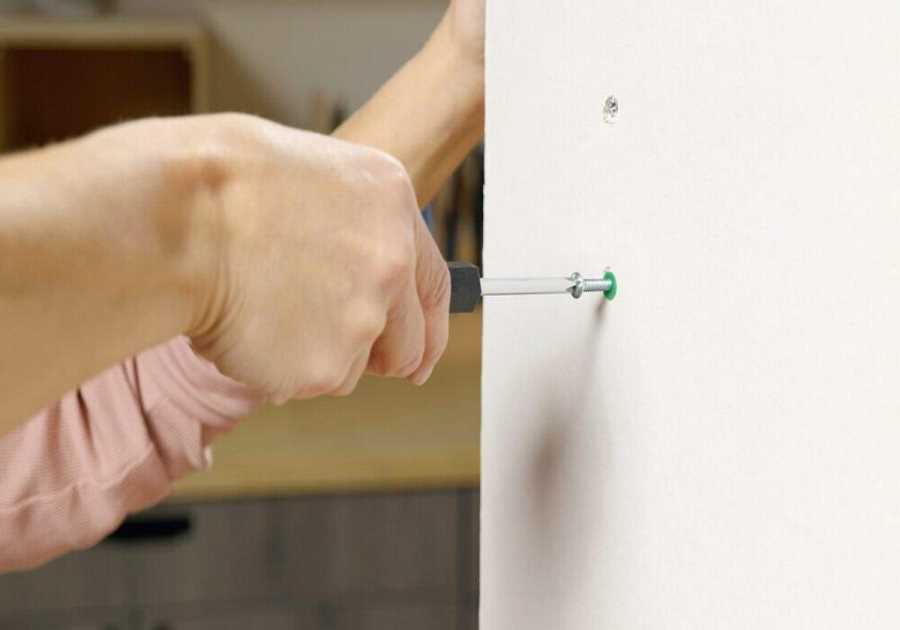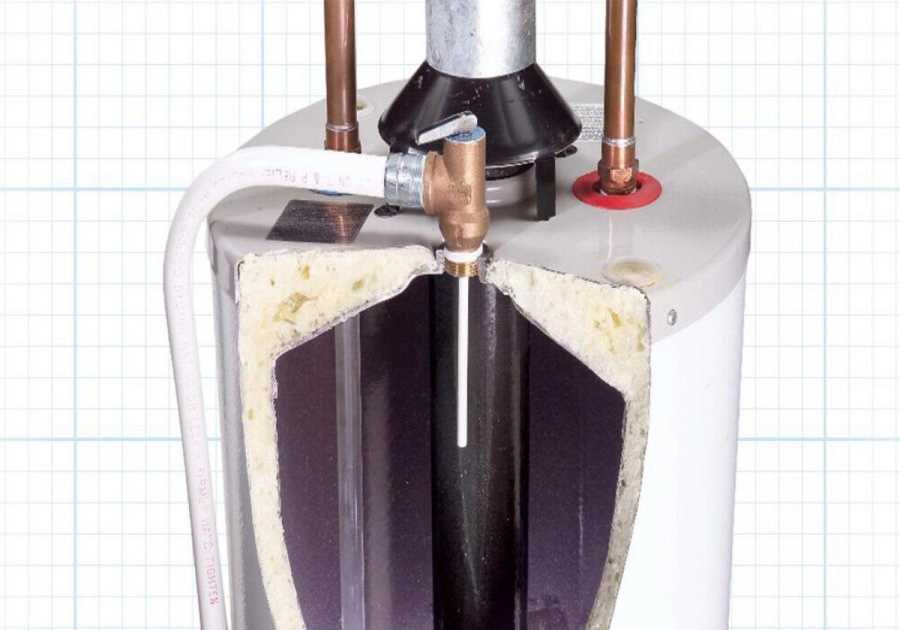Summer shows no sign of relenting. Heat warnings, triple-digit temperatures and record humidity have driven many of us inside, especially during the hottest part of the day. Down here in Texas, that’s dawn until dusk!
Even if you live in a less extreme climate, millions of Americans are dealing with uncomfortable heat.
Your home should be a refuge from this oppressive heat and humidity. But if you’ve got moisture problems, it probably doesn’t feel like it. Water in the air feels heavy, and in that environment we struggle to do basic tasks. High humidity contributes to mold growth and can even damage structural elements like framing and drywall.
So what’s the humidity level in your home? Do you know? If you have a smart thermostat, figuring this out should be easy. If not, an inexpensive device called a hygrometer will tell you.
“[M]ost people like the humidity level at around 30%,” says Brad Roberson, president of Aire Serv, a Neighborly company that specializes in heating, cooling and air quality. If yours is much higher than that, consider bringing in a dehumidifier.
What Is a Dehumidifier?
An appliance that removes moisture from the air. Roberson identifies three main kinds:
- Whole home: These remove water from the air, then pump drier air through your entire house via ductwork. Whole home dehumidifiers can have their own duct systems or be added to your existing HVAC system.
- Portable: Single-room dehumidifiers can be moved where you need them. Unlike whole-home humidifiers with a drain line, the removed water goes into a pan that must be emptied.
- Desiccant: These use a highly absorbent material like silica or calcium chloride to bond to water molecules in the immediate vicinity. They’re often used in small spaces like closets.
How Does a Dehumidifier Work?

A fan draws warm, humid air over a coil that’s cooled by a refrigerant. When the warm air hits the cold coil, the moisture in the air condenses on the coil, where it’s collected in a reservoir or expelled through a drain line. Then the dehumidifier heats the air back up and blows it out into the room.
Desiccant dehumidifiers also draw warm air in and expel drier air, but don’t require a drain line.
Does a Dehumidifier Cool a Room?
No. “A dehumidifier cannot cool down a room as it is not an air conditioner,” Roberson says.
Removing water from the air lets your air conditioner work better, though. To cool the air, the AC must draw the moisture out first. If the air is already drier, it doesn’t need to work as hard.
Though dehumidifiers don’t technically cool the air, lowering the humidity does make us feel cooler. Sweating is our body’s natural cooling mechanism, and sweat can’t evaporate easily when it’s really humid. So run that dehumidifier on hot and humid days.
“The temperature will not be lower,” Roberson says, “but it will be more comfortable.”
Did you miss our previous article...
https://rsssuperfeeds.com/life-hacks/why-is-it-so-difficult-to-make-affordable-tools-in-america






